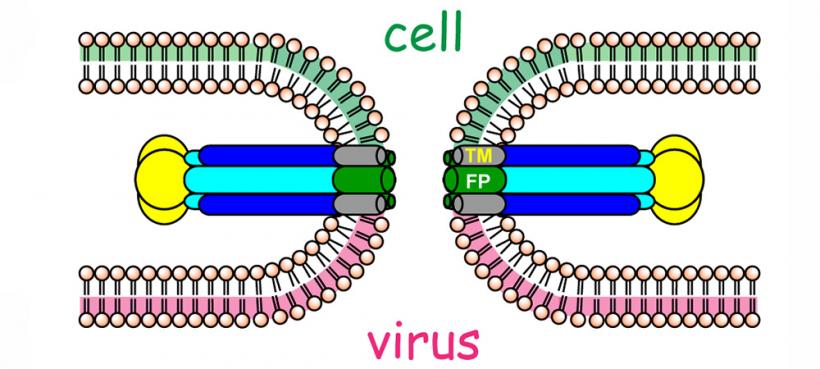
Solid-state nuclear magnetic resonance (NMR) spectroscopy is a powerful atomic-level probe of the structure and dynamics of insoluble biological and synthetic chemical compounds. Using high magnetic fields and microwaves of various frequencies, one can probe the local magnetic fields at the nucleus, which are sensitive to the chemical environment, internuclear distances, and molecular motions. Recording the precession frequency of a variety of nuclei offers precise measurements of a variety of compounds of interest in biology, chemistry, and material science. Spinning the sample about the magnetic field axis, combined with multidimensional correlation spectroscopy, provides high spectral resolution. This is used to distinguish hundreds or thousands of distinct chemical sites in a compound, mapping how complex materials are assembled.
Leveraging experience in high-field magnets, radio-frequency generation, cutting-edge instrumentation, and collaborations with MIT departments and other universities, advances to the NMR technique are being developed by PSFC researchers and staff. Sophisticated radio-frequency pulse sequences are used to manipulate the nuclear spin coherences and to enhance spectral resolution. The sensitivity of these NMR spectra is greatly enhanced by transferring polarization from electron spins to nuclear spins through dynamic nuclear polarization. These techniques enable the measurement of inter-atomic distances and bond orientations. These spectroscopic methods have been successfully applied to a variety of biomedically important systems, such as membrane proteins and amyloid fibrils, and to biomaterials that could find use in energy applications.
Professor Mei Hong
meihong@mit.edu
Francis Bitter Magnet Laboratory
MIT-Harvard Center for Magnetic Resonance
Mei Hong
Robert Guy Griffin